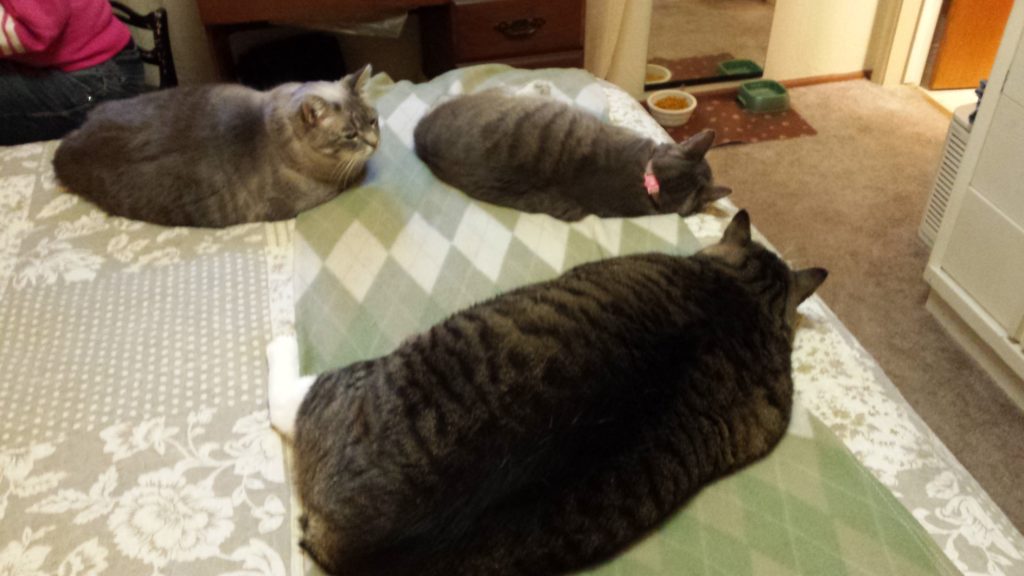
Your story’s plot is like the car readers drive around the scenes of your story. But if this road trip is too meandering or breaks down, your plot could need repair.
Writing Tip for Today: Here are three simple tips for getting your plot up and running.
What and So What?
Without a solid goal, your protagonist might be hitchhiking through life. He’s never sure about when he’ll catch a ride or exactly where he’ll end up. One of the best ways to regain control of your plot (vehicle) is to establish a worthy main goal (destination) for your protagonist. Even if you’re a pantster, you should be able to sum up the story in a sentence. My character wants X more than anything.
The what your character wants can’t be something your character thinks might be nice. The what she wants must be a burning desire, even if that desire is buried deep in the character’s psyche. The emotion of the desire can break through gradually. Many effective novels and memoirs feature characters who at first run the opposite way before succumbing to the attaining the goal. Tried and true worthy goals include the quest for love, belonging or justice.
One way to know if your goal is worthy is to use the So What? test. Ask, “If my character fails to get this goal, so what?” This is commonly called the Stakes and the bigger the better. Yet it’s not enough to tack on bigger risks. If your stakes are high, they must follow through.

One way to know if your goal is worthy is to ask: So What?
The How of Obstacles
If you assign high stakes to a worthy goal, readers will feel let down if your protagonist wins too easily. Stories pull us forward by keeping us asking, “What happens next?” How your character struggles and overcomes obstacles drives the plot to the next scene.
The obstacles your character faces should grow bigger and tougher as the story builds. If you present your biggest obstacle first, readers will have a harder time anticipating anything larger. If your story is about defeating or surviving a natural disaster for instance, that may seem like the biggest obstacle. Yet the real obstacles are the “how” the character deals with each try or attempt to win. Save your character’s last big push for the climax scene.
As your character moves through the plot of different scenes containing these obstacles or problems, readers will hold out hope and feel vindicated if the character wins now and then. But to keep readers holding their breath, your character has to lose. A lot. Until there’s a moment of no hope. Then one last scene (climax) sees the character give a heroic effort in which he/she either triumphs or loses.
The Why of Plot
Behind each scene (or stopover) along the highway, your plot car must reflect the underpinnings of why your character wants this goal. As the character grows and changes on the road, the reasons why may change a little. The character may question the goal or even contemplate giving up.
Yet because the goal is worthy, the stakes are high and the obstacles serious, readers are anxious to see the character keep fighting. Another way to keep your plot exciting is to use your scenes like a freeway that suddenly becomes a two-lane road, which shrinks to a rutted dirt lane. By funneling your character into tighter and tighter scenes where there is no escape, you force him/her to rise to the moment, thereby giving him/her a more memorable place in readers’ minds.
By using your plot as a vehicle that intends to get to a worthy or prized destination (goal), you can ultimately satisfy your readers by letting them know what happens if the character succeeds or fails. If you’ve sent your character on the road trip of a lifetime, you’ll be more likely to create a plot that doesn’t disappoint.
Here is a FREE PDF resource on plot:




